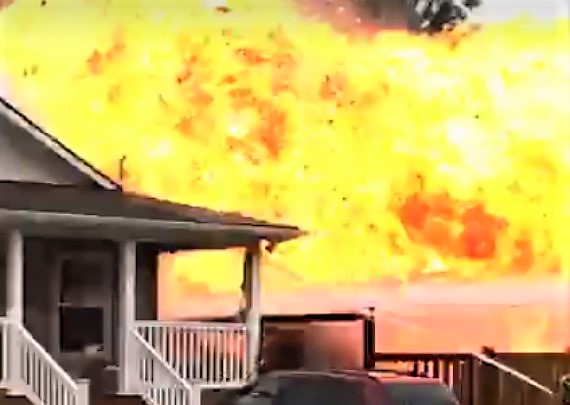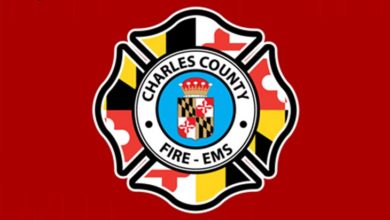New battery-powered, portable subway response vehicles are the 1st in U.S. DC's Metro based them on London's carts. View assembly & operation.
The Washington Metropolitan Area Transit Authority (WMATA) along with the the Metropolitan Washington Council of Governments (COG) Fire Chiefs Committee unveiled the subway system’s new battery-powered, portable response and recon vehicles today. The emergency management types at WMATA have been telling us for some time about this new capability and their efforts to train area fire departments on the use of the new carts.
We have posted four videos showing and describing the Mobile Emergency Response Vehicles (MERVs). Below, are clips of the vehicle being assembled and a ride on the rails photographed by 9NEWS NOW’s Greg Guise. At bottom, is raw video of the press conference with Arlington County Fire Department Chief Jim Schwartz.
At top, is the story for 9NEWS NOW by Bruce Leshan. That story includes Vito Maggiolo video and 911 calls from an April, 2000 incident where a train filled with 250 pasengers was sent to check out a report of smoke in a tunnel. They became trapped by an electrical fire. Bruce also wrote the article that follows:
Firefighters from across our region are showing off a new battery-powered rail cart that could make all the difference if there’s another Metro crash.
The $20,000 carts were designed in Britain to speed firefighters to emergency scenes deep inside the London Tube. The DC region is the first in the U.S. to get them.
Firefighters say there have been many incidents when they could have used the carts in Metro.
“We can’t breath!” a desperate passenger pleaded to rescue workers 10 years ago, while hundreds of passengers were stuck in a stopped train in smoky Metro tunnel.
“It took about an hour for the firemen to get there,” Susan Little told 9NEWS NOW.
Firefighters say the 26 “Mobile Emergency Response Vehicles” will help them speed into crises far faster.
“The other day, they put it together and had it going down the tracks in one minute and four seconds,” said one Arlington firefighter, as he watched the cart zip down a rail line at a Metro Yard in Alexandria.
Firefighters have carts now, but you have to push them. Loaded down in turnout gear, it can take them an hour to get to a scene. With the cart, they can go twelve miles an hour and get to a scene in minutes.
After the Sarin gas attacks 15 years ago in the Tokyo subway, British security officials asked rescue workers to invent a vehicle to get passengers out from deep under London in the tube.
The carts were used extensively after the terrorist attacks on the London subway in 2005.
Arlington Fire officials say they sure could have used one in a drill that had a train stuck under the Potomac between Rosslyn and Foggy Bottom.
“In that one, it took 45 minutes to an hour to get to the victims,” says Arlington Battalion Chief James Daugherty, who’s been leading the project. “With a cart like this, five to ten minutes at most.”
In London, firefighters are actually drilled on driving the subway trains, so that if the operator is incapacitated in a poison gas attack, the rescuers can pull up in the cart and drive the train passengers to safety.
The carts were paid for with a $860,000 grant from the Department of Homeland Security.







